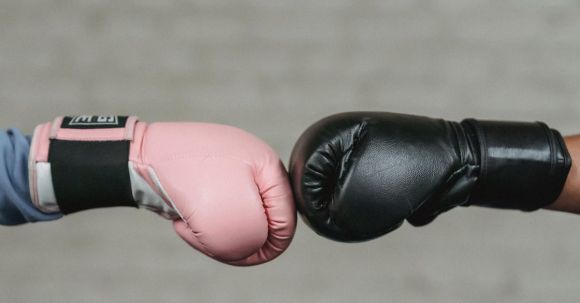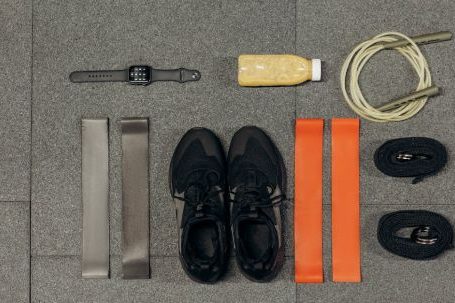Developing strength is a crucial aspect of martial arts training. It not only enhances overall performance but also helps prevent injuries. Whether you are a beginner or an experienced martial artist, incorporating strength training into your routine can take your skills to the next level. In this article, we will explore some tips and tricks to help you optimize your strength training for martial arts.
Understanding the Importance of Strength Training
Strength training plays a significant role in martial arts by improving power, speed, and endurance. It helps develop explosive movements, which are essential for striking and grappling techniques. Additionally, strength training builds a solid foundation for stability and balance, enabling martial artists to execute techniques with precision and control.
Choosing the Right Exercises
When it comes to strength training for martial arts, it is essential to focus on exercises that mimic the movements and demands of your specific martial art. Compound exercises such as squats, deadlifts, and bench presses engage multiple muscle groups simultaneously, making them highly effective for building overall strength. Additionally, exercises like lunges, step-ups, and plank variations can target the specific muscles used in martial arts techniques.
Incorporating Plyometric Training
Plyometric exercises are explosive movements that help develop power and speed. They involve rapid contractions of muscles, followed by a quick stretch reflex. Jumping lunges, box jumps, and medicine ball throws are examples of plyometric exercises that can improve your martial arts performance. However, it is important to start with low-intensity plyometric exercises and gradually progress to higher intensity to avoid injuries.
Balancing Strength and Flexibility
While building strength is crucial for martial artists, it is equally important to maintain flexibility. Flexibility allows martial artists to perform techniques with ease and reduces the risk of injuries. Incorporating dynamic stretches and mobility exercises into your strength training routine can help improve flexibility. It is important to note that static stretching should be done after strength training or as a separate session to prevent any negative impact on strength gains.
Periodization and Progression
Periodization is a training concept that involves dividing your training into different phases to optimize performance and prevent plateaus. By varying the volume and intensity of your workouts, you can ensure continuous progress without overtraining. Start with a foundation phase focused on building strength, followed by a power phase that emphasizes explosive movements. Finally, transition into a maintenance phase to sustain your gains.
Rest and Recovery
Rest and recovery are often overlooked but are essential components of any training program. Giving your body enough time to recover between workouts allows muscles to repair and grow stronger. Aim for at least one or two rest days each week and incorporate active recovery activities such as yoga or light cardio. Additionally, prioritize sleep and nutrition to support your body’s recovery process.
Seek Professional Guidance
If you are new to strength training or unsure about where to start, seeking guidance from a qualified strength and conditioning coach can be immensely helpful. They can assess your specific needs and design a customized training program tailored to your martial arts goals. Moreover, they can provide guidance on proper form and technique, minimizing the risk of injuries.
In conclusion, strength training is a vital component of martial arts training. By choosing the right exercises, incorporating plyometric training, balancing strength and flexibility, implementing periodization and progression, prioritizing rest and recovery, and seeking professional guidance, you can optimize your strength training for martial arts. Remember, consistency and dedication are key to achieving your goals, so stay committed and enjoy the journey towards becoming a stronger martial artist.





